Curative Petition and Article 137 of Constitution of India
Curative Petition – Meaning
A Curative Petition is a special type of petition filed in the Supreme Court of India after a review petition has been dismissed.
It is the last judicial resort available in the Supreme Court to prevent miscarriage of justice.
Introduced by the Supreme Court in Rupa Ashok Hurra v. Ashok Hurra (2002).
Purpose:
To correct gross miscarriage of justice even after dismissal of a review petition.
Ensures that justice is served in rare and exceptional circumstances.
Key Features of Curative Petition
Ultimate Remedy
Curative Petition is the final recourse after all other remedies, including review petitions, are exhausted.
Only in Supreme Court
Applicable only to Supreme Court judgments, not High Court decisions.
Exceptional Nature
Filed only in cases of violation of principles of natural justice or blatant miscarriage of justice.
No Time Limit
While review petitions have a strict time limit, curative petitions can be filed even after review petition is dismissed, subject to Court’s discretion.
Justice-Oriented
Focuses on correcting errors that escaped the notice of the Court earlier.
Procedure
Filing
Petition must clearly state that it is a curative petition, citing the grounds of violation of natural justice or gross miscarriage of justice.
Circulation
Supreme Court circulates the petition to all sitting judges who were part of the original bench to consider whether it deserves a hearing.
Hearing
Petition is heard by a larger bench of Supreme Court judges.
Court may uphold, modify, or set aside its earlier judgment.
Grounds for Filing Curative Petition
Violation of principles of natural justice
Bias or prejudice of judges
Discovery of new evidence not available earlier
Obvious error in the earlier judgment causing gross injustice
Article 137 of the Indian Constitution
Text of Article 137 (Summary):
"The Supreme Court shall have power to review any judgment pronounced or order made by it."
Article 137 provides the constitutional basis for review petitions, which is the precursor to curative petitions.
While review petitions are filed under Article 137, curative petitions evolved from judicial interpretation to strengthen the review mechanism.
Important Case Laws
Rupa Ashok Hurra v. Ashok Hurra (2002)
Supreme Court recognized the concept of Curative Petition.
Held that even after dismissal of review petition, the Court can reconsider to prevent miscarriage of justice.
Union of India v. Dabur India Ltd. (2003)
Curative Petition considered as an extraordinary remedy and not to be used routinely.
Bharat Aluminum Co. v. Kaiser Aluminum Technical Services (BALCO) (2012)
Discussed scope of curative petitions in international arbitration-related cases, emphasizing finality of Supreme Court judgments while allowing for exceptional intervention.
Significance of Curative Petition
Final Judicial Safeguard
Acts as the last legal remedy in exceptional cases.
Ensures Justice
Protects against blunders, miscarriage of justice, or procedural lapses in Supreme Court judgments.
Balances Finality with Justice
Supreme Court judgments are final and binding, but curative petitions allow for exceptional correction without undermining judicial finality.
Judicial Innovation
Demonstrates evolution of Indian judiciary to provide remedies in exceptional circumstances.
Conclusion
A Curative Petition is the ultimate safeguard in the Supreme Court to correct errors after dismissal of a review petition, ensuring justice in exceptional cases. Article 137 provides the constitutional foundation for review petitions, and curative petitions evolved as an extension of this principle. Landmark cases like Rupa Ashok Hurra v. Ashok Hurra (2002) firmly established its scope, procedure, and limitations, making it a unique and last-resort remedy in the Indian legal system. Do write to us if you need any further assistance.



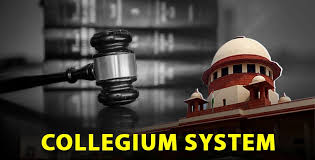
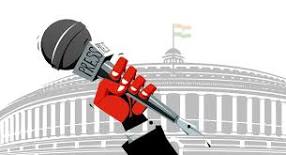


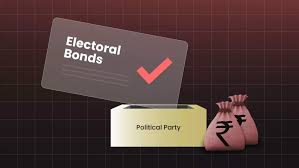
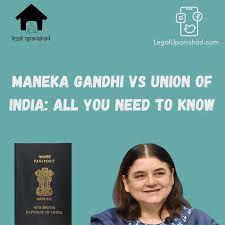
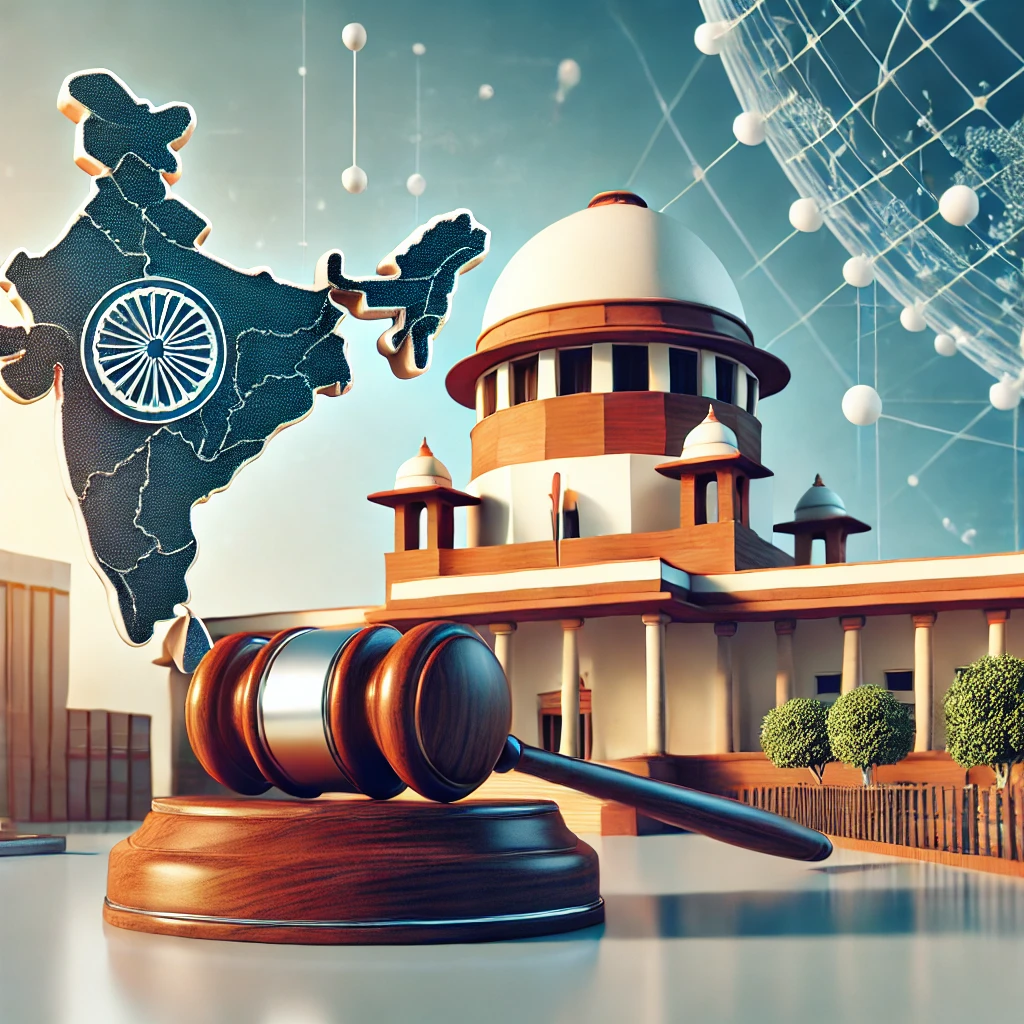
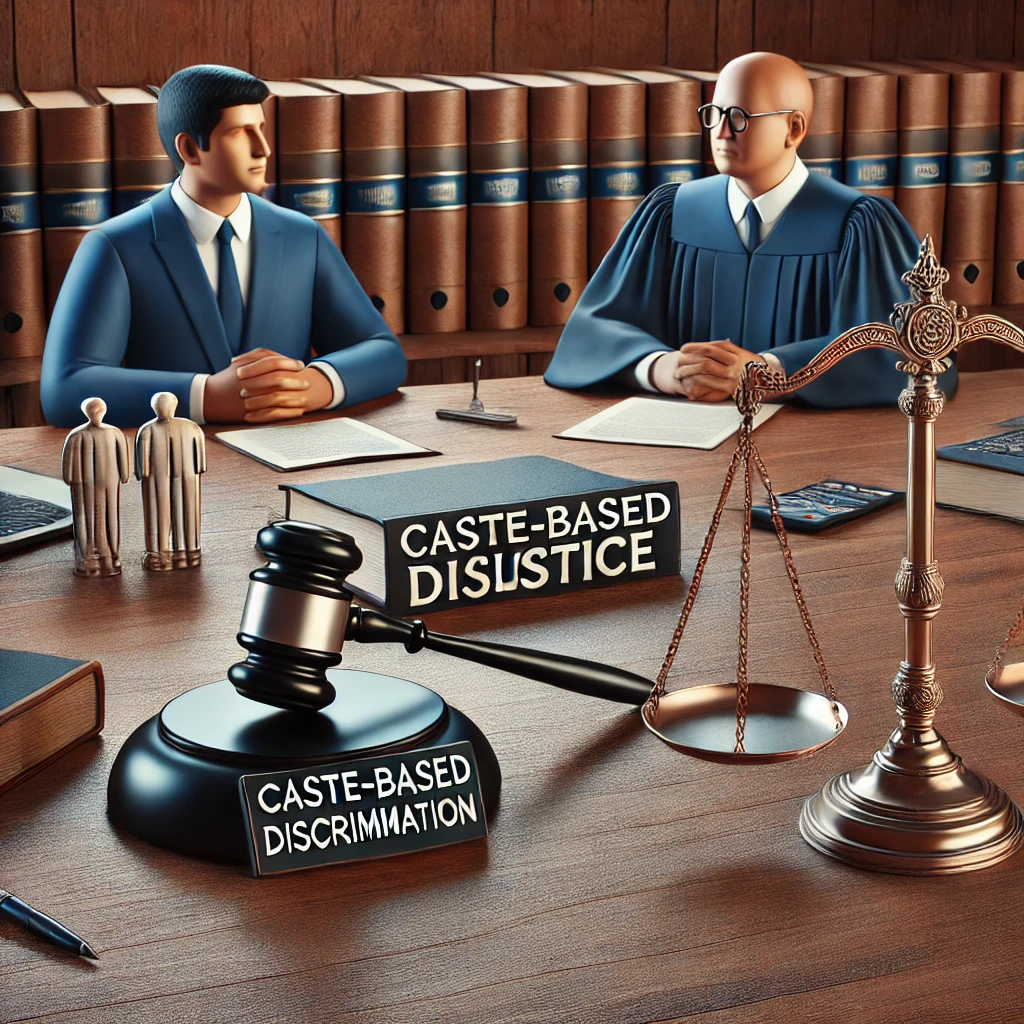
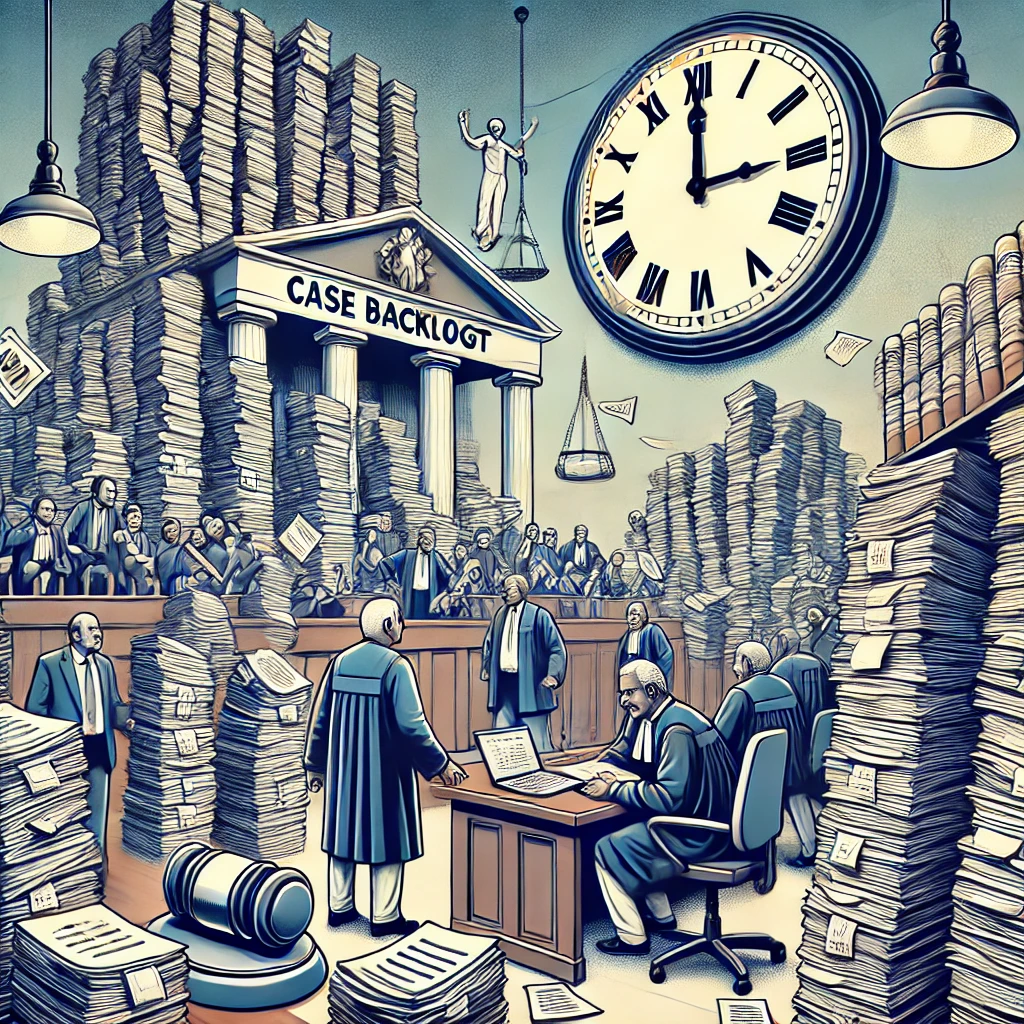



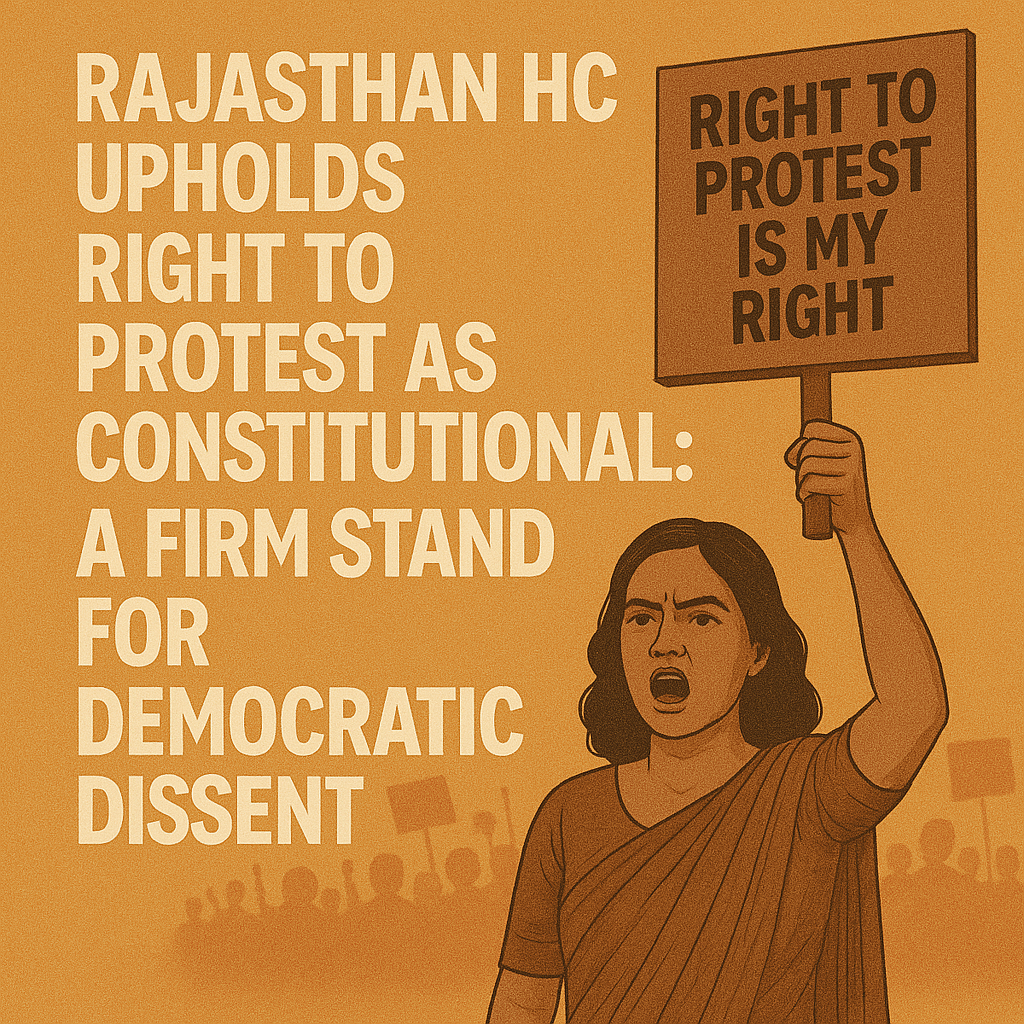
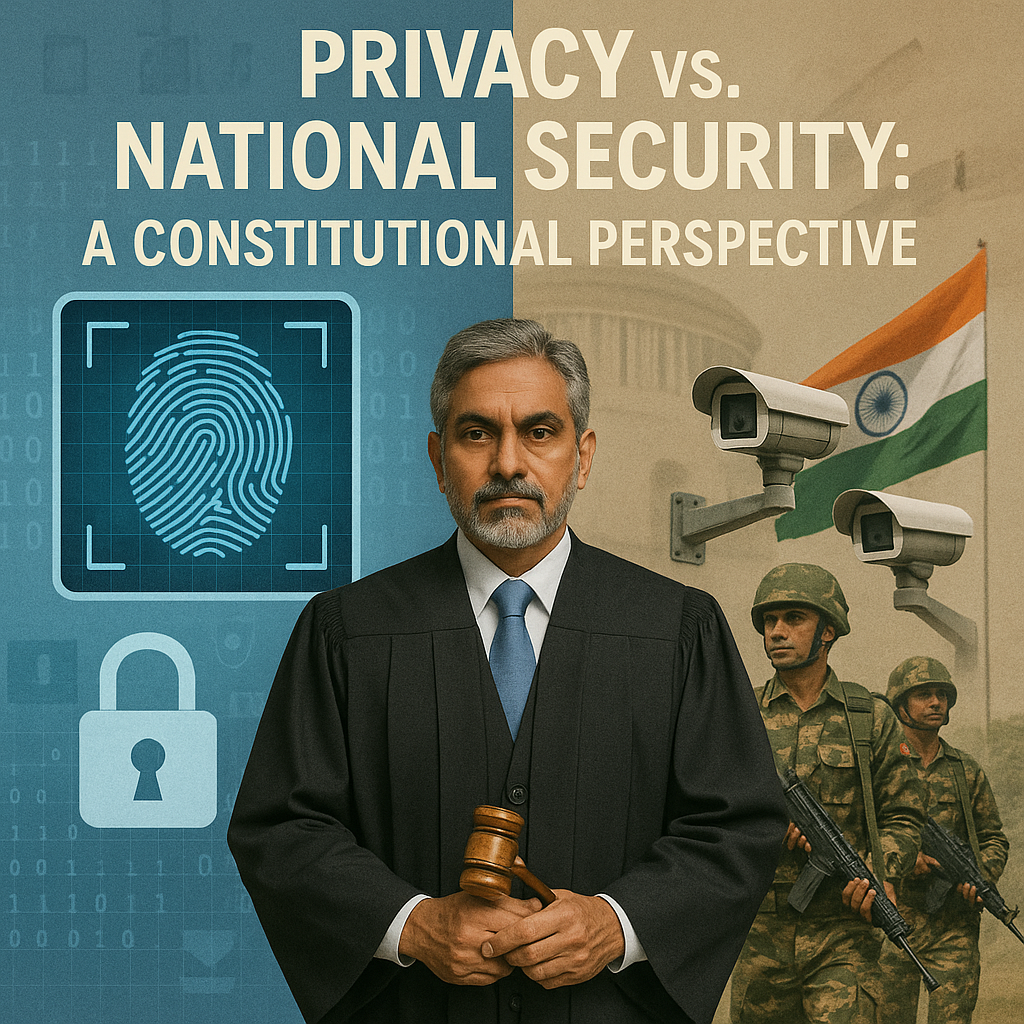

0 comments